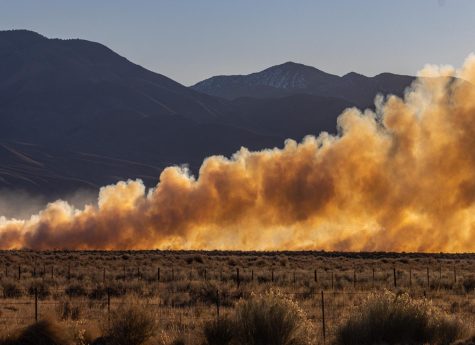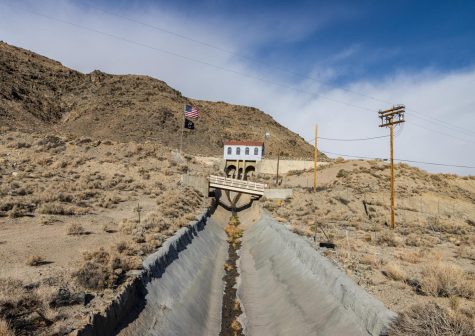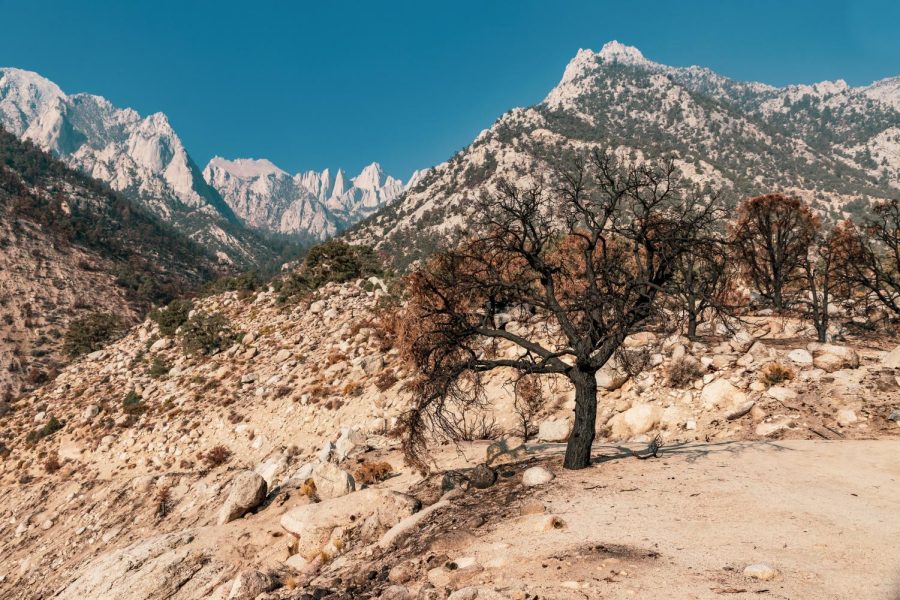California Drought Season
May 27, 2022
California has had many dry periods, the most significant being the on and off-dry periods from 1920 to 1930, one of the more extensive 10-year droughts recorded. Even though California state is no stranger to extended droughts, there is no sign of relief in the upcoming summer months. One dry year in California is not considered a drought because California has many buffers and backup systems to maintain a water supply. However, 2022 is the third year of this current drought, the last drought California experienced was from 2012 to 2016. This winter was one of the driest recorded in California’s history. Though we did get rain in April, it was not nearly enough water to last California through the summer.
Droughts not only have an environmental and economic impact but also cause public health problems. The primary concern for public health is the increase of wildfires in the summer heat and the decrease of drinking water in rural areas that use smaller water systems and private and residential wells. Droughts also present economic issues, such as increased costs for homeowners due to loss of landscaping and an associated job loss for agricultural workers. Fallowing is when crop fields are not planted so the field can rejuvenate by re-hydrating. With more fields drying out faster, more fallowing is happening. 
Last July, governor Gavin Newsome first declared a drought emergency and asked for water use to be cut by 15% compared to the 2020s level. It seems as though the request was ignored because, in March 2022, water usage had increased by 18.9% compared to March 2020. It’s said that this is the result of Californians having hit drought fatigue. Drought fatigue is when residents stop caring as much about conserving their water and are tired of all the cutbacks they have made. Experts say it may turn into disaster fatigue due to the lack of mandates regarding water conservation, especially after this dry spring.
A few weeks ago, Southern California’s Metropolitan Water District declared a water shortage emergency that affects roughly 6 million southern Californians. The water district has an extensive system of canals, pipes, and reservoirs spreading over about two-thirds of California. Water companies have reported that indoor use has drastically decreased, but outdoor use of water; explicitly sprinklers for lawns, has not changed and contributes to 80% of water usage a day. The Metropolitan Water District issued restrictions on outdoor watering to try and help conservation by limiting outdoor watering to one day a week. The water district also urged residents to cut back water usage by 30%. Supposedly if these efforts fail by September, it is expected that restrictions will get tighter.
Many other water districts are now introducing policies meant to help increase conservation. Most of California’s backup water supply comes from the runoff from the snow, but temperatures have been rising in the last few years, and there has been less snowfall. In addition, the snow melts faster than usual when there is snowfall, so the water is evaporating quicker, leaving the ground drier than ever. 
The increase in droughts not only affects public health and economics but is a significant contributor to the rising climate crisis. The dryness of the land is also affecting animals and plants living in those areas. Experts are saying how urgent it is that conservation efforts work, and the unnecessary use of water needs to decrease significantly if there’s hope to get through the drought.












